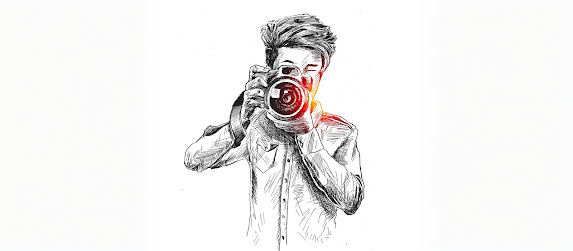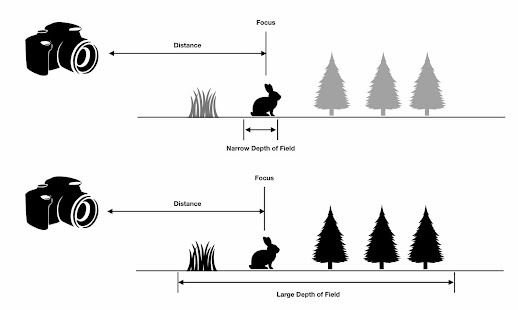The Rules of Photography
The Rules of Photography
Photography is an art form that transcends boundaries, allowing individuals to freeze moments in time and evoke emotions through visual storytelling. While creativity knows no bounds, mastering the fundamental rules of photography can greatly enhance one's ability to create compelling images. In this essay, we'll explore the essential rules of photography that serve as guiding principles for photographers of all skill levels.
Some of the main rules of Photography are:
Rule of Thirds:
The rule of thirds is perhaps one of the most fundamental principles in photography. By mentally dividing your frame into a grid of nine equal parts, with two horizontal and two vertical lines, you create reference points to place key elements of your composition. Placing subjects along these lines or at their intersections adds balance and visual interest to your photographs, guiding the viewer's eye and creating a harmonious composition.
Composition:
Composition plays a pivotal role in photography, dictating how elements are arranged within the frame to convey meaning and evoke emotion. Beyond the rule of thirds, other compositional techniques such as leading lines, symmetry, framing, and depth can be employed to create dynamic and visually appealing images. Understanding and experimenting with various compositional techniques allows photographers to tell compelling stories and convey their unique perspectives.
Lighting:
Lighting is the essence of photography, shaping the mood, texture, and depth of an image. Whether natural or artificial, the quality, direction, and intensity of light profoundly impact the outcome of a photograph. Golden hour, characterized by soft, warm hues, is often revered by photographers for its magical quality, while harsh midday sunlight can create stark contrasts and shadows. Learning to harness and manipulate light through techniques such as backlighting, diffusing, or bouncing can elevate the visual impact of your photographs:
Depth of Field:
Depth of field refers to the range of distance in a photograph that appears acceptably sharp. By adjusting aperture settings, photographers can control depth of field, influencing which elements of the scene are in focus and which are blurred. A shallow depth of field, achieved with a wide aperture (e.g., f/1.8), isolates the subject from the background, drawing attention to the main focal point, while a deep depth of field, achieved with a narrow aperture (e.g., f/16), ensures sharpness throughout the frame, ideal for landscape photography.
Perspective and Angle:
Changing your perspective and shooting angle can transform the way a subject is perceived within a photograph. Experimenting with different viewpoints, whether shooting from a low angle to emphasize grandeur or from a bird's-eye view for a unique vantage point, adds depth and dimension to your images. Incorporating foreground elements can also provide context and lead the viewer's eye into the scene, enhancing the overall composition.
While the rules of photography serve as guiding principles, they are not meant to stifle creativity but rather to provide a framework for photographers to express themselves effectively. Mastery of these fundamental principles empowers photographers to create images that resonate with viewers on a deeper level, transcending mere documentation to evoke emotions and spark imagination. As with any art form, practice, experimentation, and a willingness to push boundaries are essential for growth and innovation in photography.








Comments
Post a Comment